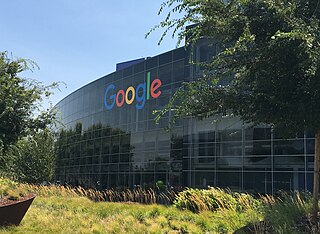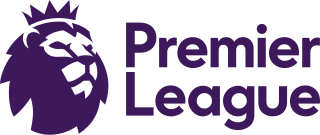
Flickr is an image hosting service and video hosting service. It was created by Ludicorp in 2004. It has changed ownership several times and has been owned by SmugMug since April 20, 2018.

Google Video was a free video hosting service from Google, similar to YouTube, that allowed video clips to be hosted on Google servers and embedded on to other websites. This allowed websites to host lots of video remotely without running into bandwidth or storage-capacity issues.
Spamigation is mass litigation conducted to intimidate large numbers of people. The term was coined by Brad Templeton of the Electronic Frontier Foundation to explain the tactics of the Recording Industry Association of America (RIAA), which files large numbers of lawsuits against individuals for file sharing, and DirecTV, which once filed large numbers of lawsuits against users of smart cards.
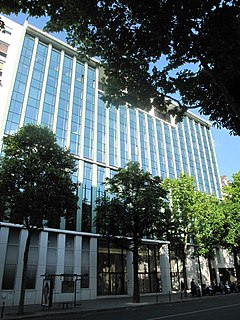
Dailymotion is a European video-sharing technology platform primarily owned by Vivendi. North American launch partners included BBC News, VICE, Bloomberg, and Hearst Digital Media. Dailymotion is available worldwide in 25 languages and 43 localised versions featuring local home pages and local content. It has more than 300 million unique monthly users.
RapidShare was an online file hosting service that opened in 2002. In 2009, it was among the Internet's 20 most visited websites and claimed to have 10 petabytes of files uploaded by users with the ability to handle up to three million users simultaneously. Following the takedown of similar service Megaupload in 2012, RapidShare changed its business model to deter the use of its services for distribution of files to large numbers of anonymous users and to focus on personal subscription-only cloud-based file storage. Its popularity fell sharply as a result and, by the end of March 2015, RapidShare ceased to operate.

The Digital Millennium Copyright Act (DMCA) is a 1998 United States copyright law that implements two 1996 treaties of the World Intellectual Property Organization (WIPO). It criminalizes production and dissemination of technology, devices, or services intended to circumvent measures that control access to copyrighted works. It also criminalizes the act of circumventing an access control, whether or not there is actual infringement of copyright itself. In addition, the DMCA heightens the penalties for copyright infringement on the Internet. Passed on October 12, 1998, by a unanimous vote in the United States Senate and signed into law by President Bill Clinton on October 28, 1998, the DMCA amended Title 17 of the United States Code to extend the reach of copyright, while limiting the liability of the providers of online services for copyright infringement by their users.
Notice and take down is a process operated by online hosts in response to court orders or allegations that content is illegal. Content is removed by the host following notice. Notice and take down is widely operated in relation to copyright infringement, as well as for libel and other illegal content. In United States and European Union law, notice and takedown is mandated as part of limited liability, or safe harbour, provisions for online hosts. As a condition for limited liability online hosts must expeditiously remove or disable access to content they host when they are notified of the alleged illegality.

IO Group, Inc. v. Veoh Networks, Inc., 586 F. Supp. 2d 1132, is an American legal case involving an internet television network named Veoh that allowed users of its site to view streaming media of various adult entertainment producer IO Group's films. The United States District Court for the Northern District of California ruled that Veoh qualified for the safe harbors provided by the Digital Millennium Copyright Act (DMCA), 17 U.S.C. § 512 (2006). According to commentators, this case could foreshadow the resolution of Viacom v. YouTube.
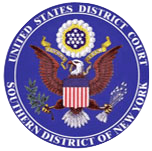
Viacom International, Inc. v. YouTube, Inc., No. 07 Civ. 2103, is a U.S. District Court for the Southern District of New York case in which Viacom sued YouTube, a video-sharing site owned by Google, alleging that YouTube had engaged in "brazen" and "massive" copyright infringement by allowing users to upload and view hundreds of thousands of videos owned by Viacom without permission. A motion for summary judgment seeking dismissal was filed by Google and was granted in 2010 on the grounds that the Digital Millennium Copyright Act's "safe harbor" provisions shielded Google from Viacom's copyright infringement claims. In 2012, on appeal to the United States Court of Appeals for the Second Circuit, it was overturned in part. On April 18, 2013, District Judge Stanton again granted summary judgment in favor of defendant YouTube. An appeal was begun, but the parties settled in March 2014.
IBM Cloud Video, formerly Ustream, is an American live video streaming and video hosting company. It is based in San Francisco and has more than 180 employees in their San Francisco, Los Angeles, and Budapest offices. Company partners include Panasonic, Samsung, Logitech, CBS News, PBS NewsHour, Viacom, and IMG Media. It received $11.1 million in Series A funding for new product development from DCM and investors Labrador Ventures and Band of Angels.
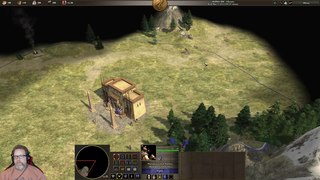
A Let's Play (LP) is a video documenting the playthrough of a video game, usually including commentary and/or camera view of the face by the gamer. A Let's Play differs from a video game walkthrough or strategy guide by focusing on an individual's subjective experience with the game, often with humorous, irreverent, or critical commentary from the gamer, rather than being an objective source of information on how to progress through the game. While Let's Plays and live streaming of game playthroughs are related, Let's Plays tend to be curated experiences that include editing and scripted narration, while streaming is an unedited experience performed on the fly.
Rumblefish Inc. is a music licensing company specializing in all forms of synchronization licensing with a focus on 'micro-licensing' and online network monetization such as with YouTube's Content ID. It covers over 1.8 million pieces of music and it licenses over 20,000 soundtracks on more than nine million social videos.
A multi-channel network (MCN) is an organization that works with video platforms, to offer assistance to a channel owner in areas such as "product, programming, funding, cross-promotion, partner management, digital rights management, monetization/sales, and/or audience development" in exchange for a percentage of the ad revenue from the channel.

Warner/Chappell Music Inc. et al. v. Fullscreen Inc. et al. (13-cv-05472) was a case against multi-channel network Fullscreen (company), filed by the National Music Publishers Association on behalf of Warner/Chappell Music and 15 other music publishers, which alleged that Fullscreen illegally reaped the profits of unlicensed cover videos on YouTube without paying any royalties to the rightful publishers and songwriters.
Google has been involved in multiple lawsuits over issues such as privacy, advertising, intellectual property and various Google services such as Google Books and YouTube. The company's legal department expanded from one to nearly 100 lawyers in the first five years of business, and by 2014 had grown to around 400 lawyers. Google's Chief Legal Officer is Senior Vice President of Corporate Development David Drummond
Automatic content recognition (ACR) is an identification technology to recognize content played on a media device or present in a media file. Devices containing ACR support enable users to quickly obtain additional information about the content they see without any user-based input or search efforts. For example, developers of the application can then provide personalized complementary content to viewers.
YouTube has various copyright protection methods, such as copyright strikes, Content ID and Copyright Verification Program. However over the years these have been criticized for favoring corporations and unfair claims on videos.
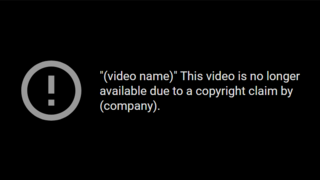
A YouTube copyright strike is a copyright policing practice used by YouTube for the purpose of managing copyright infringement and complying with the Digital Millennium Copyright Act. The Digital Millennium Copyright Act (DMCA) is the basis for the design of the YouTube copyright strike system. For YouTube to retain DMCA safe harbor protection, it must respond to copyright infringement claims with a notice and take down process. YouTube's own practice is to issue a "YouTube copyright strike" on the user accused of copyright infringement. When a YouTube user has three copyright strikes, YouTube terminates that user's YouTube channel, removes all of their videos from that user's YouTube channel, and prohibits that user from creating another YouTube channel.

